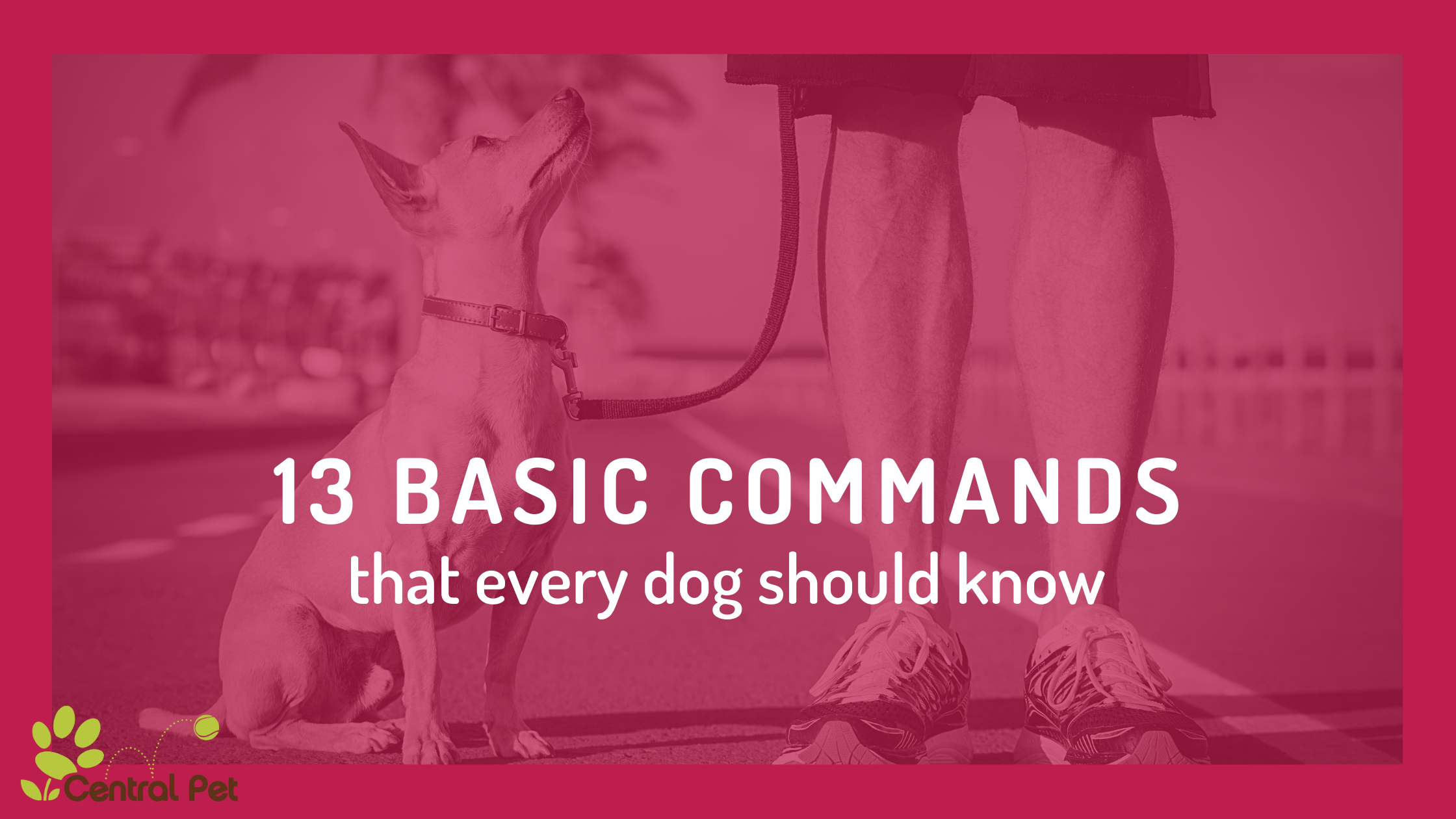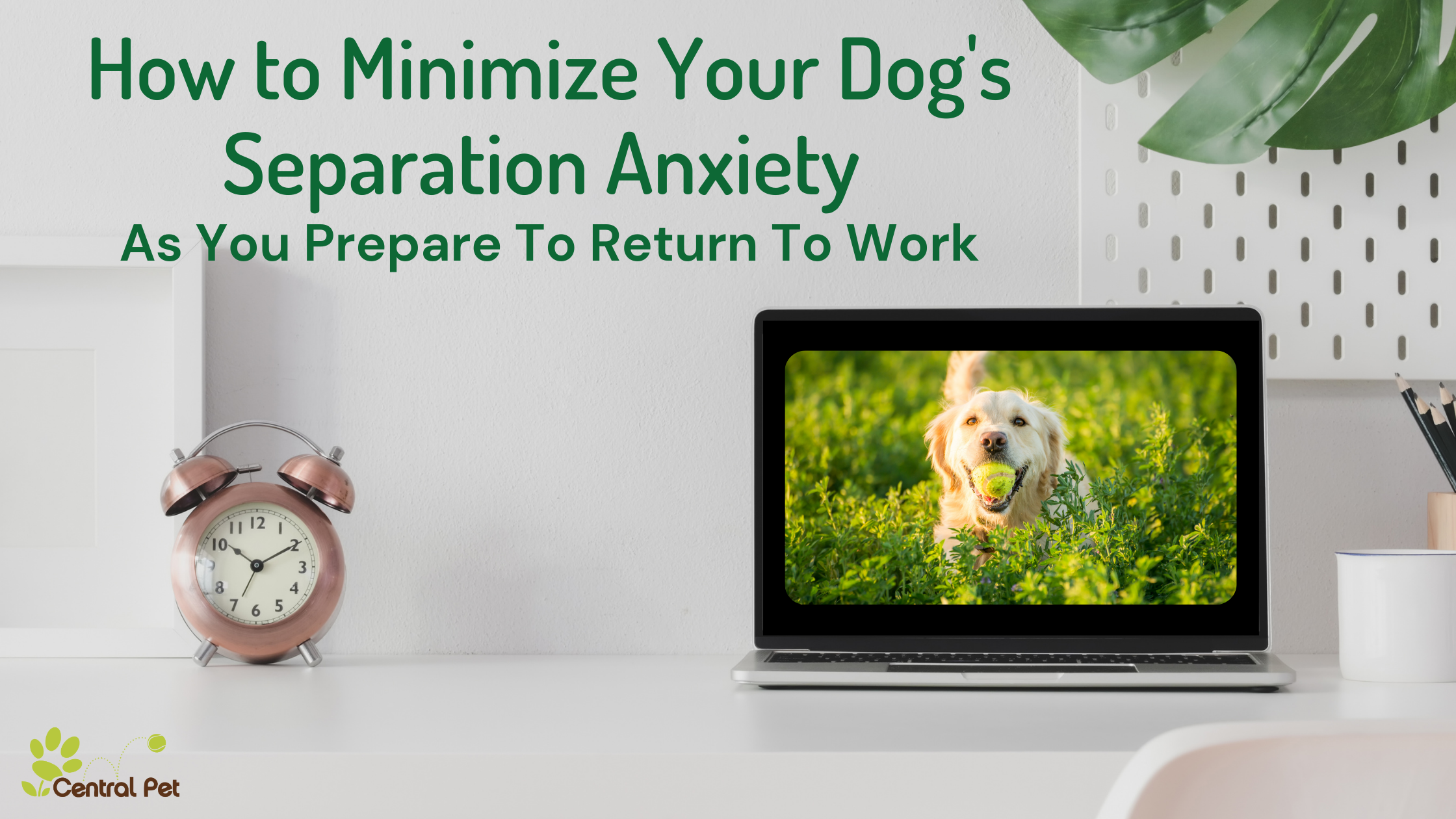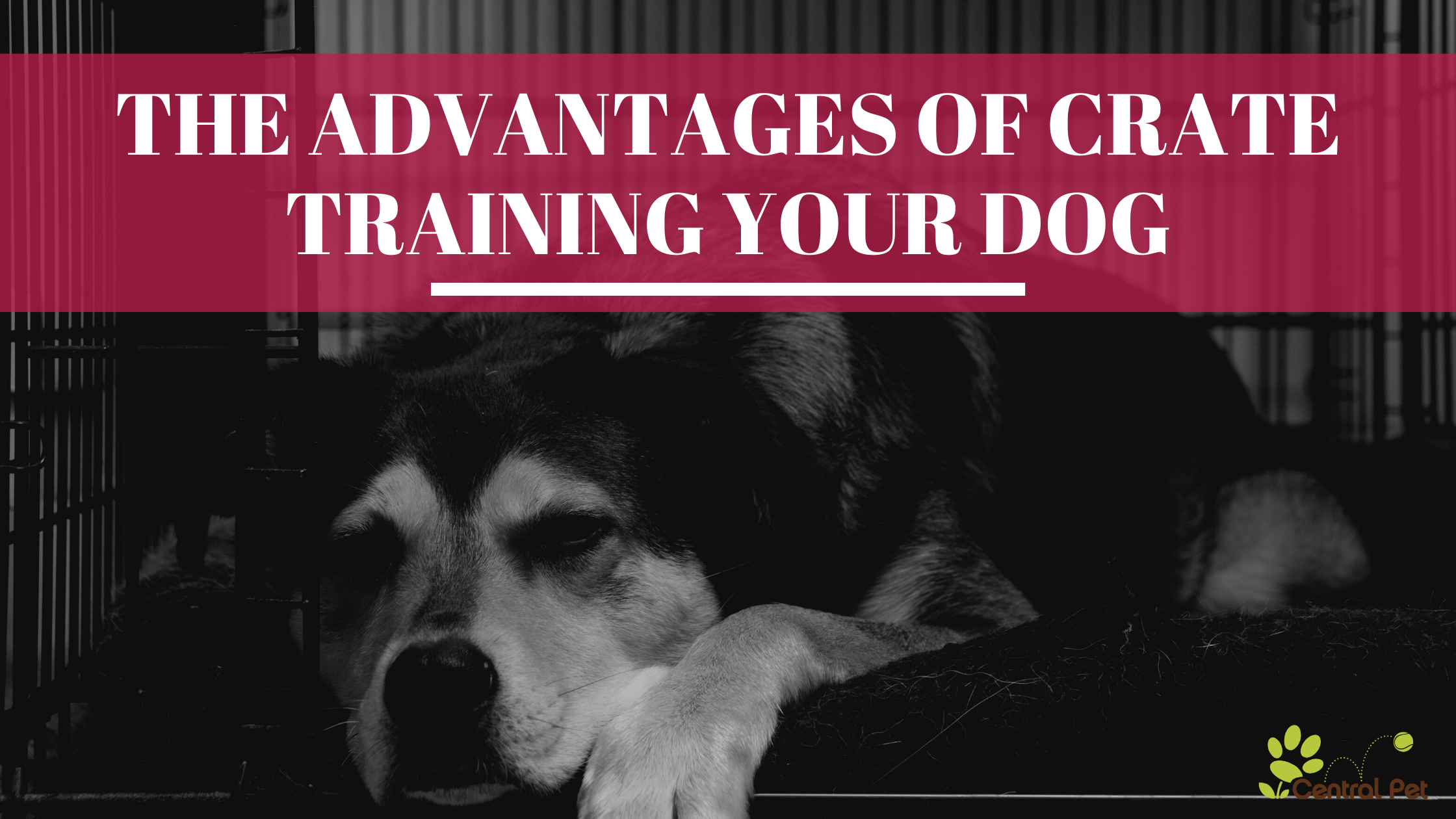Whether you're training your dog yourself or taking them to obedience classes, teaching them these basic commands should start the day they come home with you. This is one of the most loving things you can do for your dog because training can encourage bonding through communication, boundaries, and establishing safety. It can deepen the dog-owner relationship.
These are some of the most basic commands in their most simple terms. Dogs are pretty smart animals that are hardwired to bond with their owners. They understand a lot so be gentle as you train but don’t underestimate your dog’s intellectual capacity. They can understand gestures and pointing so use those techniques as your dog is able to follow them. If they struggle, use a more basic approach and move up to pointing and gestures as well so they can make the connection.
Also, as you teach, keep treats to a minimum. Too many treats can lead to pet obesity and a myriad of health problems. Besides, your dog would much rather have your attention, pets, and approval, so heap it on!
13 Basic Commands of Dog Training
1. Good Boy/Girl!
This is probably the most important command your dog can learn. This will be your number one reward during training, when they do what you tell them, when they do something good, and when you just want to make them feel good. When saying “Good boy/girl!” make eye contact with your dog and pet them or scratch behind the ears – whatever they like.
2. Sit
Teach your dog to sit by using a couple of techniques. This is one of the times that you can use a treat. Hold it by their nose and move it up over their head toward their tail. As they track it with their eyes (and nose) they will naturally sit. As they start to sit, give the command “sit.” If you have another dog that knows sit, give the command and then reward them when they sit. Your other dog will do the same to get the same reward.
Sitting is very good for them to know when feeding or when getting ready to go out. It can help prevent your dog from being a door dasher.
3. No
This does not have to be spoken harshly. You can shake your head while saying no which teaches your dog to watch you. When you say no, disengage from the dog by turning your head and not looking at them or don’t interact with them for a few seconds.
It is a good idea to do some off-leash training in case you are ever in a situation where your dog is loose. You will have to rely on your voice to keep them safe and get them back to you. Go somewhere that allows you to safely take them off-leash and get them to walk with you on the leash at first. If they start to wander, say “No” and gently pull them back. After a while, take them off-leash and do the same thing, relying on your verbal commands to control them.
4. Stay
Get your dog to sit. Tell them “Stay” and take a few steps back. You may want to put your hand up, palm toward them while giving the command. If they start to move, tell them no, return them to the starting position and repeat the command. When they successfully stay, give them lots of praise. Gradually work up to being able to tell them to stay while you go in another room or out of sight.
5. Wait
This is another command to help keep your dog from being a door dasher. It is similar to stay but you can apply it to many situations. Put their bowl of food in front of them and give the command wait. If they advance to it, pick up the bowl and say “wait” again. If you have taught them to sit for food or before going outside and when getting a treat, they will naturally sit because they have learned that sitting gets them good stuff (learning to sit is the center of so much of your dog’s training).
You can also walk your dog to the door, tell them to sit, and give the command, "wait." Show them your hand, palm toward them. Open the door. If they get up and start to you, close the door. Repeat this until they understand and wait.
6. Drop It (or Give It)
This is important, especially for puppies. When you are playing with your dog with a toy, gently tug and say “drop it” or “give it” as they release it. Praise them.
7. Come Here (or Right Here)
Use a long, light lead on your dog. When you give the command “come” or “come here” gently pull on the lead to bring them to you. When you give the command, you can point to the ground in front of you. This way, if your dog is out of earshot, they can still see you point to the ground and know what you mean. You can also clap two or three times then point in front of you. If you are ever in a noisy place and your dog gets away, they might not be able to hear your voice, but they can hear you clap. They will look for you and see you point and come to you. When they do come on command, make sure you reward them with lots of "good boys/girls" and lots of pets.
8. Watch Me (or Look at Me)
There may be times when you need to get your dog’s attention. Say your dog’s name, then say “watch me” or “look at me.” Point to your eyes. Dogs do understand pointing. They will look you in the eye. Tell them “good boy/girl.”
9. Heel
This is a really good command for dogs that like to pull their leash. While they are on a leash on your left side, hold the end in your right hand and hold it taut with your left hand. Give them the command “heel” and walk, using your left hand to control them with the leash, keeping them at your side. When you stop, give the command “sit.” Each time they do it correctly (even with some prompting) make sure you reward them.
10. Off
This is really a command for a dog that jumps on you. If you are going to break that habit, there are two parts to the training. First, give the command “off.” At the same time, turn your head away so you are not looking at the dog. Turn your body away from them. They will learn that when they jump on you, you withdraw. They do not want that. The whole reason they are jumping on you is to get your attention so don’t give them any attention, even to fuss or push them. Just say “off” and turn away. They will get the message.
11. Lay Down
Start with telling your dog to sit. Once seated, point to the floor between their front feet and tell them “lay down.” If you want to use a treat, you can hold it close to their nose, then move it to the floor once they lock on to the scent. Whichever technique you use, when they lay down, praise them and shower them with pets.
12. Outside
As you take your dog outside, say the word “outside” or “let’s go outside.” Once they are accustomed to the command, take them to another room and say, “let’s go outside.” Then walk them to the door and outside.
13. Go to Bed
It is important for your dog to have their own space, a bed or crate. When you put them in it, say “go to bed.” When they go in or gets on the bed, praise them.
There are other commands that you may find you need to teach your dog. Just remember dog training takes consistency and patience. Also, don’t overdo it. When your dog stops focusing or disengages, take a break. If you use the commands regularly, they will naturally pick them up, especially if you have another dog that is trained.
What's Next?
Don't forget, your dog likes to be worked, and they enjoy a challenge. So keep up the training. After they have mastered the basics, move on to more complicated training, such as - tricks, off-leash, or even a Canine Good Citizen certification.








